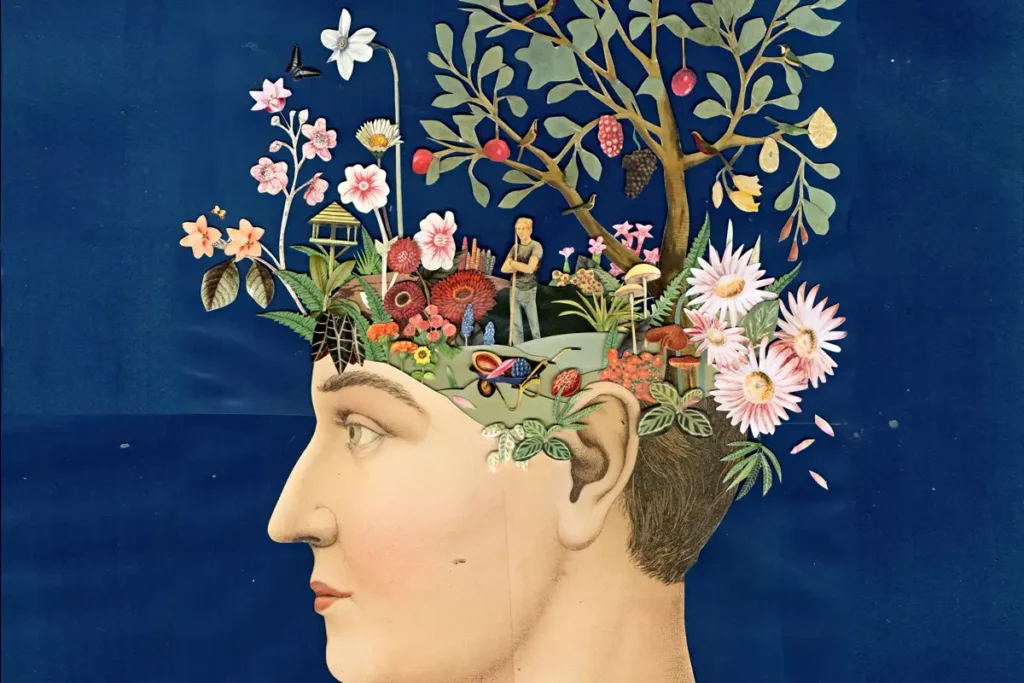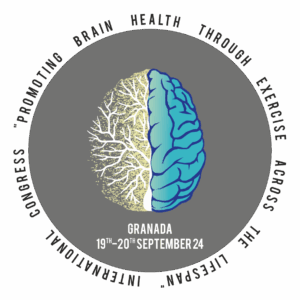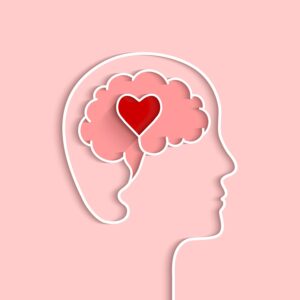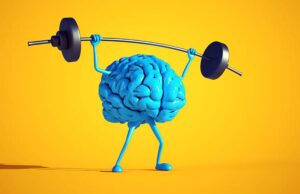
Have you ever woken up from a vivid dream and wondered what it all meant? Sometimes, the images stay with you—bright, strange, and fleeting—yet trying to piece them together into a clear story can feel like unraveling a tangled ball of yarn. The reason? Your subconscious prefers to communicate through symbols rather than straightforward stories. It’s as if your mind is playing a secret game, whispering hints and clues through a vibrant, visual language that’s both ancient and deeply personal. Understanding why dreams lean toward symbolism can turn those confusing night visions into a fascinating puzzle that reveals hidden truths about yourself.
Unlocking the Mystery: How Symbols Speak When Words Fail
Dreams are like a universal code, using symbols to bypass the logical mind and tap directly into your deepest feelings and memories. Unlike the language we use during the day—full of syntax and vocabulary—dream symbols are universal, archetypal images that carry layered meanings beyond words. For example, dreaming of a river might symbolize change, emotion, or a journey, depending on your personal life and cultural context. Because symbols are so flexible and rich with nuance, they allow your subconscious to express complex states of mind that are hard to articulate with plain language.
This symbolic language is also a safeguard. When your waking mind is busy with critical thinking, language, and judgment, your subconscious prefers to communicate indirectly. It’s like sending a secret note through a code, ensuring that only the conscious mind can interpret the message when ready. These symbols can be personal—like a childhood toy—or universal—like a snake representing transformation. By decoding these images, you can access insights into your fears, desires, or unresolved conflicts without the filters of rational thought blocking the message.
Moreover, symbols in dreams are timeless and cross-cultural. They connect you with ancient stories, myths, and collective human experiences, making your dreams feel both deeply personal and universally meaningful. This bridge between the individual and the collective allows the subconscious to communicate in a language that transcends words, making dream symbolism a powerful tool for self-awareness and growth. So, next time you wake up puzzled by a dream, remember that your mind was speaking in symbols—an elegant, mysterious language designed to reveal truths that words can’t express.
Dreamland’s Secret Language: Why Your Mind Prefers Symbols Over Stories
Our brains are naturally wired to process images and symbols more quickly and efficiently than complex narratives. Visual information is processed in a different part of the brain than language, allowing dreams to be a rapid-fire montage of symbols that carry emotional weight. This visual language is more flexible, more evocative, and more evocative than a linear story, giving your subconscious the freedom to blend, shift, and layer meanings as needed. In a sense, dreams create a collage of symbols that invite you to interpret their personal significance rather than giving you a neat, ready-made story.
Dreams also operate on a different timeline than waking life—they are non-linear, fragmented, and often symbolic. Instead of following a chronological story arc, they use images and symbols to evoke feelings, memories, and archetypes. This method allows the subconscious to communicate complex truths and unresolved issues in a way that’s not constrained by logic or language. When you interpret your dreams, you’re essentially translating this symbolic collage into insights that can guide your waking life, making the process both creative and deeply intuitive.
Furthermore, the symbolic nature of dreams helps protect your psyche. By cloaking difficult truths or uncomfortable emotions in symbols, your subconscious creates a safe space for exploration. Instead of directly confronting fears or conflicts, your mind presents them as symbols—much like a painter uses abstract shapes to evoke emotion without revealing every detail. This indirect form of storytelling allows for healing, understanding, and growth at a pace that feels safe and manageable. Ultimately, your mind prefers symbols over stories because it offers a more nuanced, flexible, and safe way to communicate the complex landscape of your inner world.
In the end, dreaming in symbols isn’t a sign of confusion or mystery—it’s a brilliant way your subconscious speaks in a language all its own. These symbols provide a rich, layered canvas to explore your deepest truths, fears, and desires without the noise of everyday words. So, the next time you wake up from a dream that seems like a puzzle, remember: you’re holding a treasure map, not just a story. Embrace the symbolism, and let your dreams guide you on a journey of self-discovery that’s as colorful and mysterious as the night itself.






